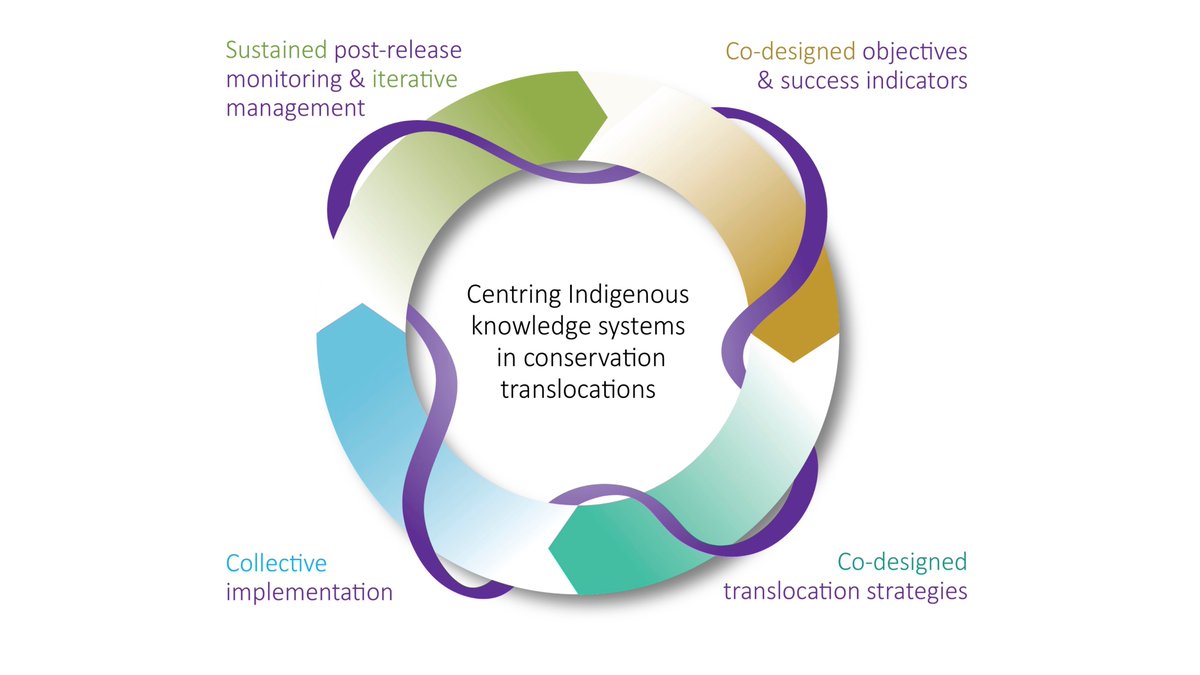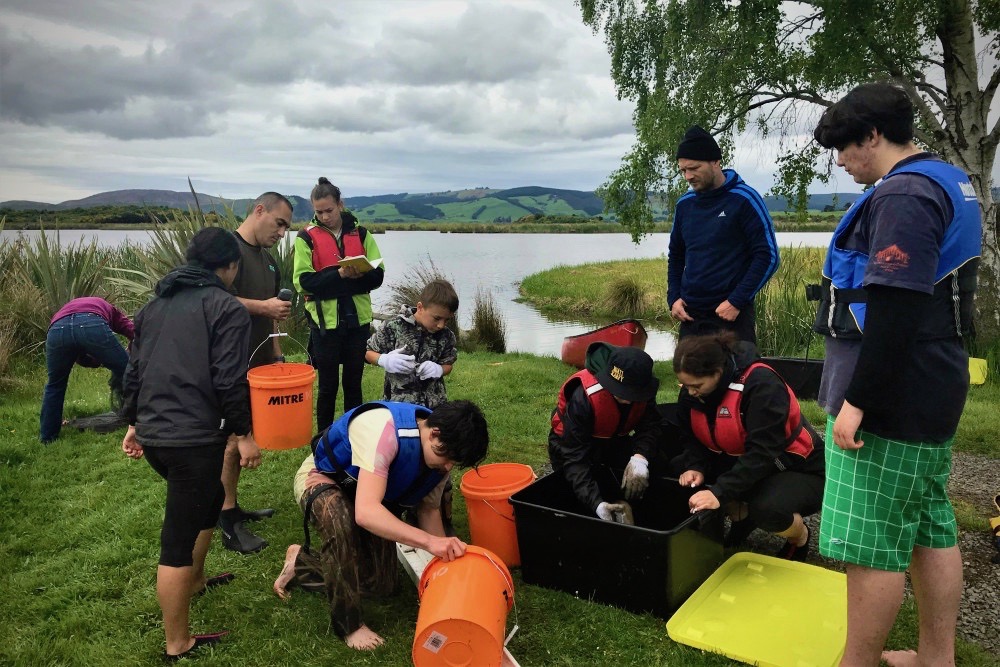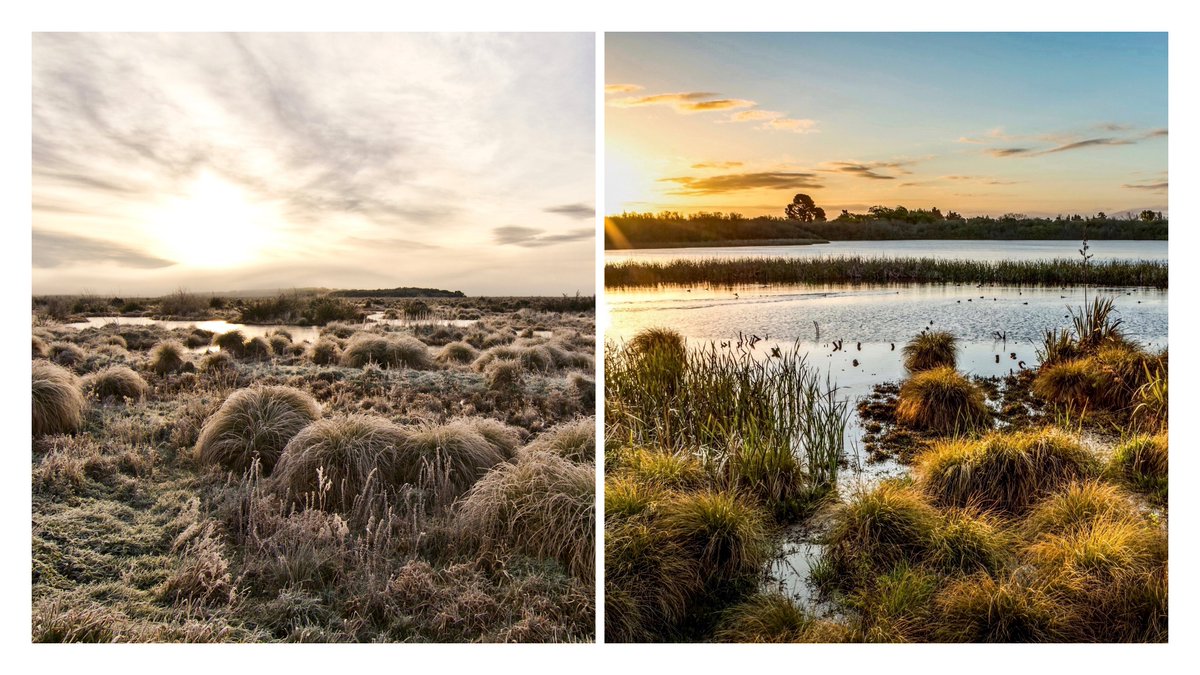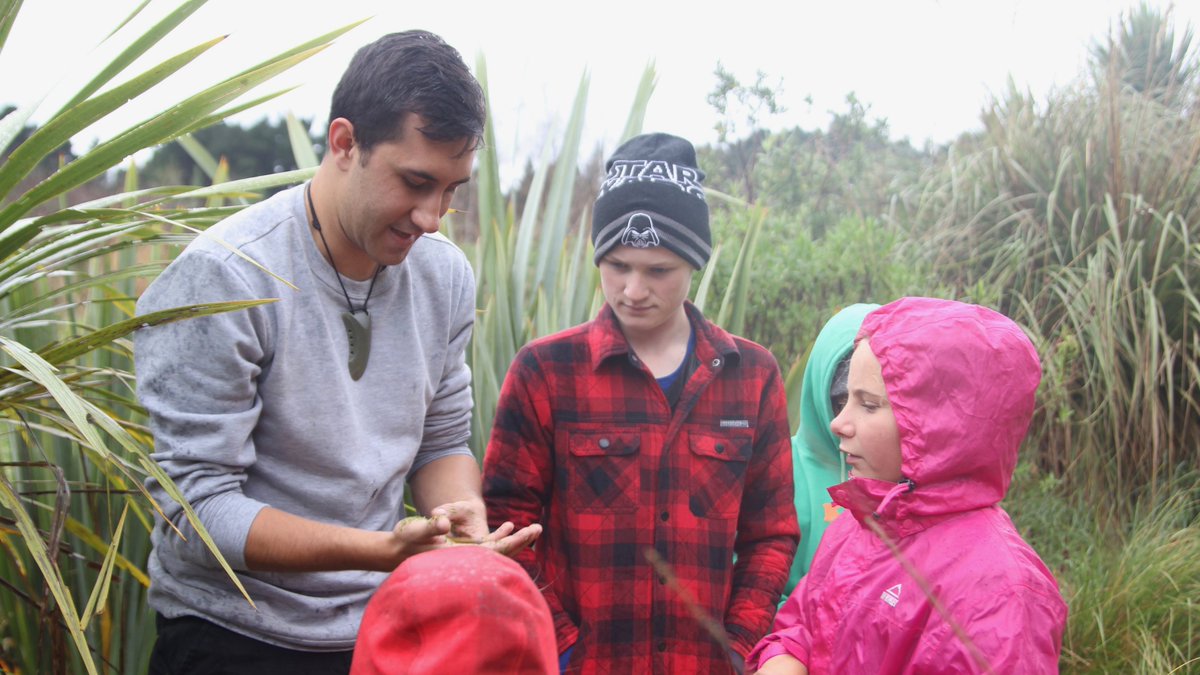Centring Indigenous knowledge systems strengthens conservation translocations  https://abs.twimg.com/emoji/v2/... draggable="false" alt="⬅️" title="Pfeil nach links" aria-label="Emoji: Pfeil nach links"> key message of our paper published in @PaN_BES as part of joint special feature w/ @JAppliedEcology & #39;Informing Decision-Making w/ Indigenous & Local Knowledge & Science& #39; https://bit.ly/3fuoThY ">https://bit.ly/3fuoThY&q... 1/n
https://abs.twimg.com/emoji/v2/... draggable="false" alt="⬅️" title="Pfeil nach links" aria-label="Emoji: Pfeil nach links"> key message of our paper published in @PaN_BES as part of joint special feature w/ @JAppliedEcology & #39;Informing Decision-Making w/ Indigenous & Local Knowledge & Science& #39; https://bit.ly/3fuoThY ">https://bit.ly/3fuoThY&q... 1/n
Humbled to be part of this team incl Greg Byrnes @levifmcr @JohnKeewai Mananui Ramsden, Makarini Rupene @GusMcI Paulette Tamati-Elliffe @channell_thoms & @testeeves w/ stunning main illustration by Kaaterina Kerekere (also on cover of @PAN @JAppliedEcology special feature!) 2/n
TL;DR and as featured in @ConversationEDU (coming soon!): to restore and enhance biocultural diversity, we need creative solutions that bring together diverse ways of knowing and seeing, for example: 3/n
Elder Dr Albert Marshall describes the Mi’kmaq principle of Etuapmumk or ‘Two-Eyed Seeing’ as learning to see with the strengths of both Indigenous and Western knowledges and ways of knowing, and learning to use these together for the benefit of all https://bit.ly/3grZtTE ">https://bit.ly/3grZtTE&q... 4/n
Experience in Aotearoa and globally shows Indigenous-led or co-led approaches strengthen environmental and social outcomes. Yet these are rarely seen when we move—or translocate—plants and animals to start new populations or strengthen existing ones https://iucn-ctsg.org/ ">https://iucn-ctsg.org/">... 5/n
We present a new framework for re-imagining conservation translocations through Two-Eyed Seeing—where trusted relationships and collective decision-making are central throughout—that can be extended to local contexts around the world 6/n
In Aotearoa, Te Tiriti provides a foundation to build equitable partnerships between tākata whenua & tākata Tiriti. For our team of Māori & non-Māori researchers & practitioners, this means conservation translocations led or co-led by mana whenua that centre mātauraka Māori 7/n
Together with Te Nohoaka o Tukiauau and Te Kōhaka o Tūhaitara Trusts, we’re weaving genomic data and mātauraka Māori to restore biocultural diversity at two Te Waipounamu wetlands, through revival and intergenerational transfer of knowledge, customary practices and language 8/n
The realisation of Indigenous values, knowledge, practices and processes also enables more holistic and sustainable translocation strategies, including long-term monitoring and adaptive management of populations through the practice of mahika kai 9/n
In some cases critical information in mātauraka Māori cannot be found elsewhere—e.g., we’re weaving traditional ecological knowledge of Kā Pākihi Whakatekateka a Waitaha (Canterbury Plains) with present-day genomic data to inform conservation translocations of kōwaro 10/n
Check out the paper for more: https://bit.ly/3fuoThY .">https://bit.ly/3fuoThY&q... In the meantime, we are deeply grateful to reviewers, colleagues and friends for generous feedback and to @BioHeritageNZ @UCNZ #NgāiTahuResearchCentre for support 11/n
Our article https://bit.ly/3fCg06l ">https://bit.ly/3fCg06l&q... published today via @ConversationEDU & #39;... we need transformative change that brings together diverse ways of understanding & seeing to restore ecosystems ... cultural practices & language& #39; @channell_thoms @levifmcr @BioHeritageNZ @UCNZ @PaN_BES

 Read on Twitter
Read on Twitter








